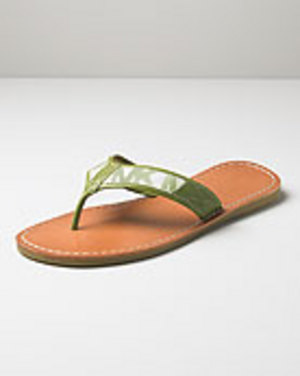In all honesty, bats are fantastic creatures to have in your neighborhood. Among other benefits to the ecosystem, bats keep the mosquito population under control in your area. The average Little Brown Bat can eat up to 600 mosquitoes an hour; that’s one efficient bug zapper! However, when bats take up residence in your attic, they tend to cause more problems than they solve. They’re noisy, and they poop everywhere. Occasionally they’re inconsiderate enough to die and rot inside your walls. Although only ½ of 1 percent of all bats get rabies, the Center for Disease Control does warn of possible rabies exposure. And while most bats won’t actually fly into a human’s hair, the fluttering mob in the attic does inhibit us from using the space.
Obviously, the best way to get bats out of your attic is to make the attic more inhospitable for the bats. Remember that the reason bats are in your attic in the first place is because their natural habitat is no longer available. So, it is best if you provide a new habitat for them to nest in. If you build or buy a bat house for your bats, you get to keep all the positive qualities of having bats around and lose all the negative qualities about having them in your attic. The best bat houses are long and wide. They are sold at most home improvement stores, like Lowes, or you can order them from the Organization for Bat Conservation (OBC), which boasts an 80% occupancy in their houses. Bat houses can be placed anywhere that is 15 feet from the ground and has few obstructions: Tall trees, poles, or even the side of your house if you want to keep the bats close. Visit the OBC website to learn more details about where and how your bat house should be placed.
Now that you’ve given the bats in your attic someplace to go, it’s time to convince them that moving out is really in their best interest. Ideally, this would happen without actually harming or killing the bats. Remember, they do a vital service in the pest control industry. Also, even if it were legal to kill the bats (and it probably isn’t), you’ll have dead bats rotting and stinking up your house for a year at least. All you really need to do to get the bats out of the attic is a method called bat exclusion. With a bat house outside, they should quickly take up new residence there.
Timing is everything in removing bats from your attic. You want to remove bats from your attic in early spring (when insects have just started appearing), or in the fall (when all the babies can fly). According to the OBC, the first step in removing bats from your attic is to get all your friends over just around sunset and walk around the house to find the hole they are leaving from. This might take several nights, since a bat can fit through a hole the size of your thumb. Once you’ve figured out how the bats are getting out of your attic, you should put a bat house right by that hole, so they get used to it as they come in and out every night.
After three or four days of that, the OBC recommends that you cover the holes with a screen mesh and duct table three of the four sides shut. The bats will crawl out through the bottom (open) side that night, but won’t be able to get back into the attic. They should relocate to the bat house at that point. After about a week, giving all the bats time to leave your attic, you can seal the holes permanently.
All this information, including step by step guides for bat exclusion, what to do if you’re bitten, ways to order or build a bat house, and more, is available at the website for the Organization for Bat Conservation.





